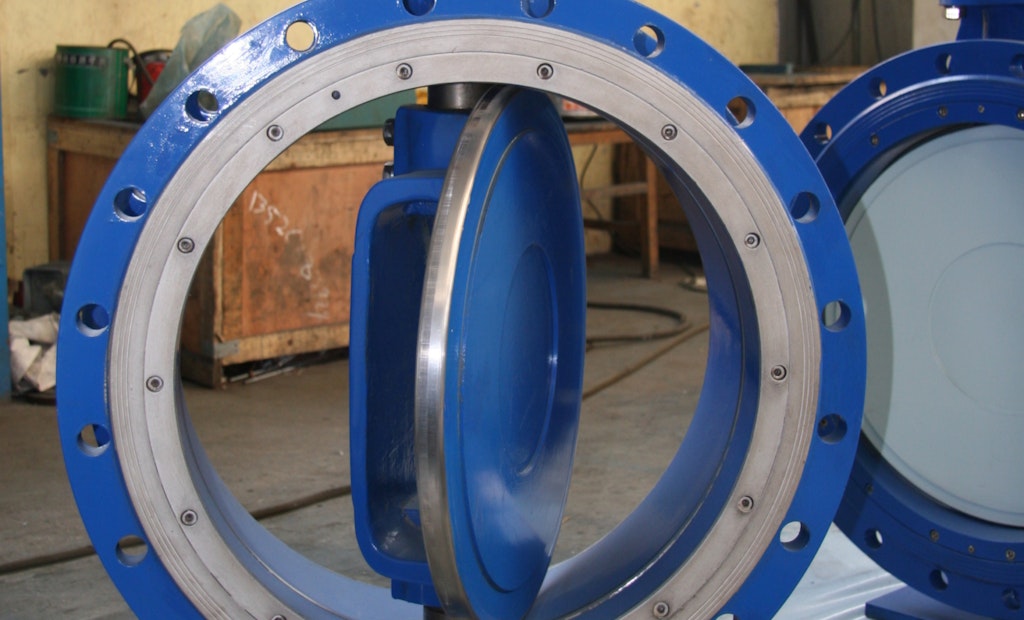Municipal water distribution and wastewater treatment facilities rely on a variety of valves. The different categories of valves contribute to the overall efficiency and safety of pipelines. Butterfly valves are popular across water collection, supply and distribution pipelines....
Pros and Cons of Butterfly Valves
Popular Stories
Discussion
Comments on this site are submitted by users and are not endorsed by nor do they reflect the views or opinions of COLE Publishing, Inc. Comments are moderated before being posted.






